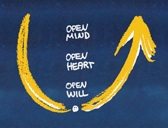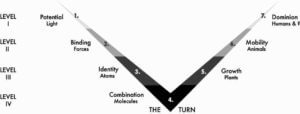Visual Meetings: A Revolution in Group Productivity
This post links you to a video about my presentation on Visual Meetings at a recent TEDxSOMA event at the ParisSOMA loft, South of Market Street in San Francisco. ParisSOMA is a shared workspace for young entrepreneurs, very much in the spirit of the TED events. Its motto is “ideas worth sharing.” My Parisian college Meryem Le Saget introduced me to the sponsor Clement Alterseco, President of FaberNovell in Paris, several months ago and it led to the invitation.
My own ideas, formed over the 38 years I’ve been a visual practitioner, are condensing into a book for Wiley & Sons on the subject that will come out this summer. This 10-minute fly-over is a fast-paced review of what feels like a real revolution in how we communicate in organizations.

 The graphic visualization of Theory U is what I would call a “swoop”, a compelling little visual shown here. Why did Arthur M. Young, my teacher about Process Theory, insist process should be visualized as a “turn” or “V?” as illustrated below? In our study group with Arthur we would often argue with folks who wanted to visualize it as a smooth arc rather than 90o.
The graphic visualization of Theory U is what I would call a “swoop”, a compelling little visual shown here. Why did Arthur M. Young, my teacher about Process Theory, insist process should be visualized as a “turn” or “V?” as illustrated below? In our study group with Arthur we would often argue with folks who wanted to visualize it as a smooth arc rather than 90o.

